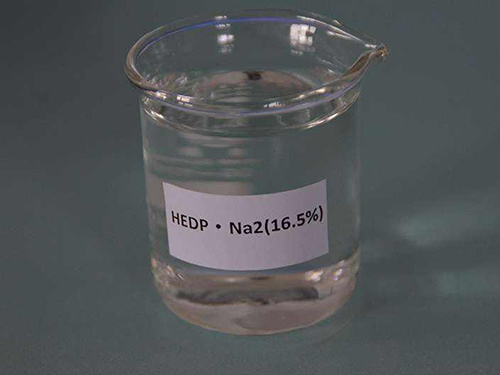Synthesis and Applications of Polycarboxylic Compounds in Modern Chemistry
Understanding Polycarboxylic Compounds Their Structures, Properties, and Applications
Polycarboxylic compounds are a fascinating class of organic molecules characterized by the presence of multiple carboxylic acid groups (-COOH) in their structures. These compounds are integral to various scientific fields, including chemistry, biochemistry, and material science, due to their unique chemical properties and versatile applications. In this article, we will explore the structure, properties, and applications of polycarboxylic compounds to understand their significance better.
Structure of Polycarboxylic Compounds
At the molecular level, polycarboxylic compounds bear two or more carboxylic acid functional groups. This characteristic allows them to participate in a range of chemical reactions and transformations. Some common examples include citric acid, oxalic acid, and tartaric acid. The presence of multiple carboxylic groups not only influences the compound's acidic properties but also enhances its ability to form chelates with metal ions, which can lead to more complex structures.
The structural representation of polycarboxylic acids can vary, with linear, branched, or cyclic arrangements observed. For instance, citric acid, a prominent polycarboxylic acid found in citrus fruits, contains three carboxylic functional groups attached to a central carbon backbone. This arrangement contributes to citric acid's role in metabolic pathways, such as the citric acid cycle, which is vital for energy production in living organisms.
Properties of Polycarboxylic Compounds
Polycarboxylic compounds exhibit a range of physical and chemical properties that arise from their unique structures. One noteworthy property is their acidic behavior, which is significantly influenced by the number of carboxylic groups. With each additional carboxyl group, the acidity of the compound generally increases due to the greater ability to donate protons (H⁺ ions).
Furthermore, polycarboxylic acids can form salts and esters, expanding their utility in chemical synthesis. Their ability to act as ligands in coordination chemistry is another remarkable property, enabling the formation of stable complexes with various metal ions. This feature makes polycarboxylic acids valuable in catalysis and material science, particularly in the design of new materials with specific properties.
polycarboxylic

Applications of Polycarboxylic Compounds
The versatile nature of polycarboxylic compounds opens the door to a wide array of applications across different industries. In the food industry, citric acid serves as a natural flavor enhancer and preservative due to its acidity and ability to chelate metal ions, thereby preventing spoilage. It is widely used in beverages, candies, and canned goods.
In pharmaceuticals, polycarboxylic acids play crucial roles in drug formulation and development. Their capacity to improve the solubility and bioavailability of drugs is vital for enhancing therapeutic efficacy. Moreover, some polycarboxylic acids are employed as starting materials in the synthesis of active pharmaceutical ingredients.
Another significant application lies in polymer chemistry, where polycarboxylic acids are utilized to produce water-soluble polymers. These polymers are essential in formulating adhesives, coatings, and textiles. Their functional groups can interact with various substrates, leading to improved performance and durability of the final products.
Moreover, the agricultural sector benefits from polycarboxylic compounds through their use as soil conditioners and chelating agents. By improving nutrient availability and promoting plant growth, these compounds contribute to sustainable farming practices.
Conclusion
Polycarboxylic compounds are vital to numerous scientific and industrial fields, driven by their unique structural features and functional properties. Their ability to participate in various chemical reactions and their versatility in applications underscore the importance of continuing research in this area. Understanding and harnessing the potential of polycarboxylic compounds will undoubtedly pave the way for innovations across multiple disciplines, ranging from biochemistry to material science. The exploration of these compounds not only enriches our knowledge but also enhances our ability to develop new technologies and materials that can benefit society.
-
Premium Isothiazolinones | Broad-Spectrum Biocidal SolutionsNewsAug.28,2025
-
LK-319 Special Scale And Corrosion Inhibitor For Steel Plants: Advanced Solutions for Industrial Water SystemsNewsAug.22,2025
-
Flocculant Water Treatment: Essential Chemical Solutions for Purification ProcessesNewsAug.22,2025
-
Isothiazolinones: Versatile Microbial Control Agents for Industrial and Consumer ApplicationsNewsAug.22,2025
-
Scale Inhibitor: Key Solutions for Water System Scale PreventionNewsAug.22,2025
-
Organophosphonates: Versatile Scale Inhibitors for Industrial Water SystemsNewsAug.22,2025





